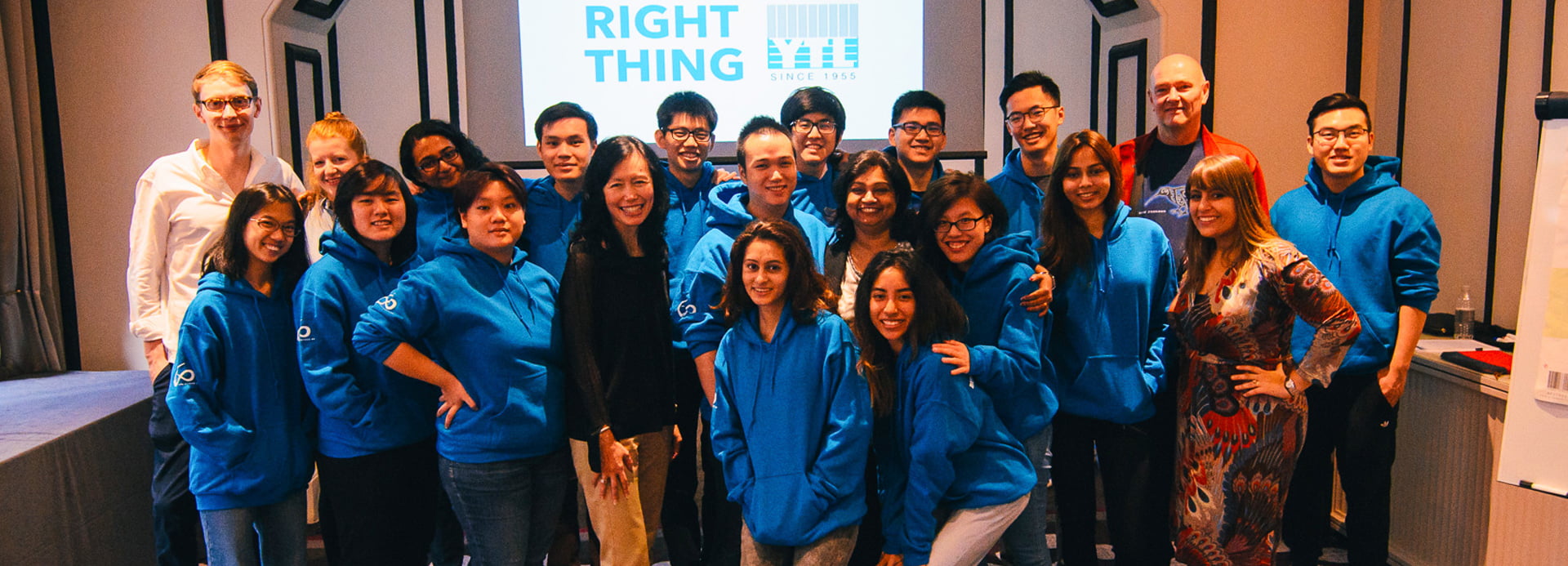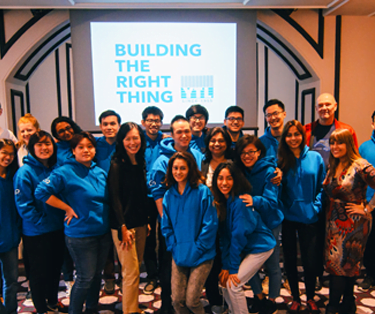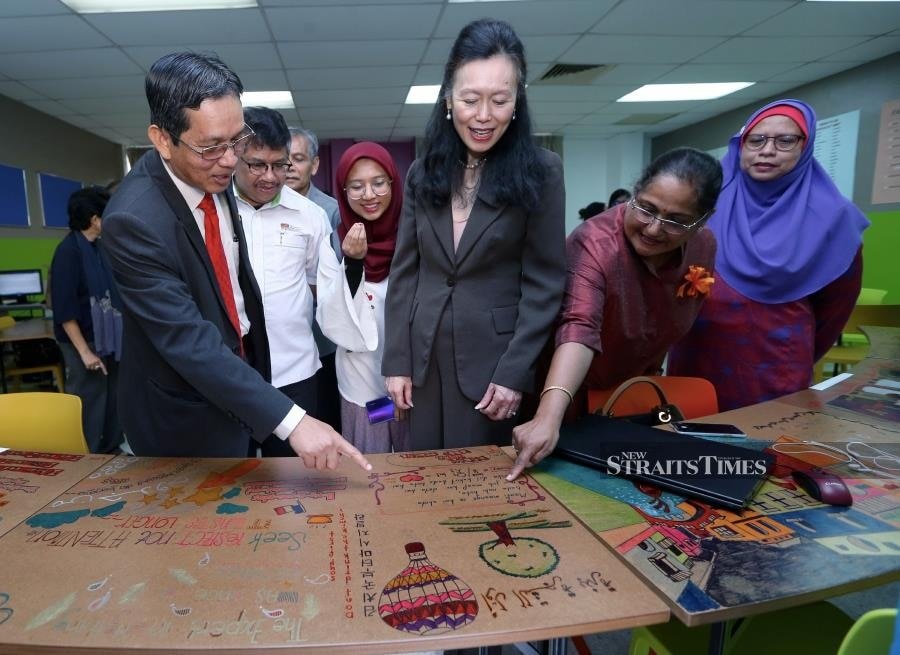By Zulita Mustafa - April 10, 2019
UNIVERSITI Kebangsaan Malaysia (UKM) is the first university in the country to have a ‘Frog Classroom’ in its Centre for Literacy and Sociocultural Transformation at the Faculty of Sciences and Humanities.
The project is a collaboration between Frog Asia Sdn Bhd and a UKM team led by Professor Dr Radha Nambiar, who is chairman of the centre, to create a classroom that encourages student participation in learning with the integration of technology.
It is also a product of a three-year partnership with YTL Foundation, which funded a study on the effectiveness of the Frog Classrooms.
“For one year, myself and three colleagues studied whether there was a change in teaching and learning in classrooms at various schools.
“We spoke to teachers of various disciplines and they said students were eager to learn and would be on their best behaviour the whole week just to come to the classroom.
“The study also found that the Frog Classrooms were a conducive learning environment at schools,” she said.
Her study on the impact of Frog Classrooms was published in 2017. It was further applied in UKM, with YTL Foundation programme director Datin Kathleen Chew Wai Lin opening the university’s first Frog Classroom recently.
Present were deputy vice-chancellor (academic & international affairs) Professor Datuk Dr Mohd Marzuki Mustafa and deputy vice-chancellor (industry & community partnerships) Professor Datuk Dr Imran Ho Abdullah.
Last year, Radha spoke with a group of students to get them to set up the classroom at the faculty. They did so based on guidelines provided by Radha’s team, such as the colour scheme, and furniture from YTL Foundation.
“It is the combined effort of students and staff, who cleaned, fixed and painted the walls and tables, that created this learning space.
“The creative part was from the students as they were the ones who decided what they wanted their classroom to look like.
“We even allowed them to draw on the tables to make the environment attractive.”
She added that the front feature, where a teacher stands by the blackboard to teach, had been eliminated.
“In this space, you can facilitate from anywhere in the room. This will ensure that no learner is left behind. This classroom is designed for peer interactions and group work to foster 21st century learning skills, such as collaborating, problem-solving and critical thinking,” she said.
The classroom is now ready to be used by lecturers and students on a rotational basis. According to Radha, access to technology was a key component to personalised learning.
“The only condition is they must make use of technology. We don’t want it to become a traditional classroom.
“Teachers don’t have to worry about bringing their laptops or projectors. We have already put everything inside.
“We have done our part, the rest is up to the teachers and students. We need to give them a chance to show how creative they can be with knowledge.”
Marzuki said the nation’s education landscape was constantly changing and UKM needed to adapt fast.
“We need to think and ask questions on the future of learning so we, as educators, can create better opportunities for our learners. And, it is important to remember that educators are no longer the only source of information in this digital era.
“These facilities will guide learners to develop skills to leapfrog into the Fourth Industrial Revolution,” he said.
Source: https://www.nst.com.my/education/2019/04/478071/leap-frogging-21st-century-learning





